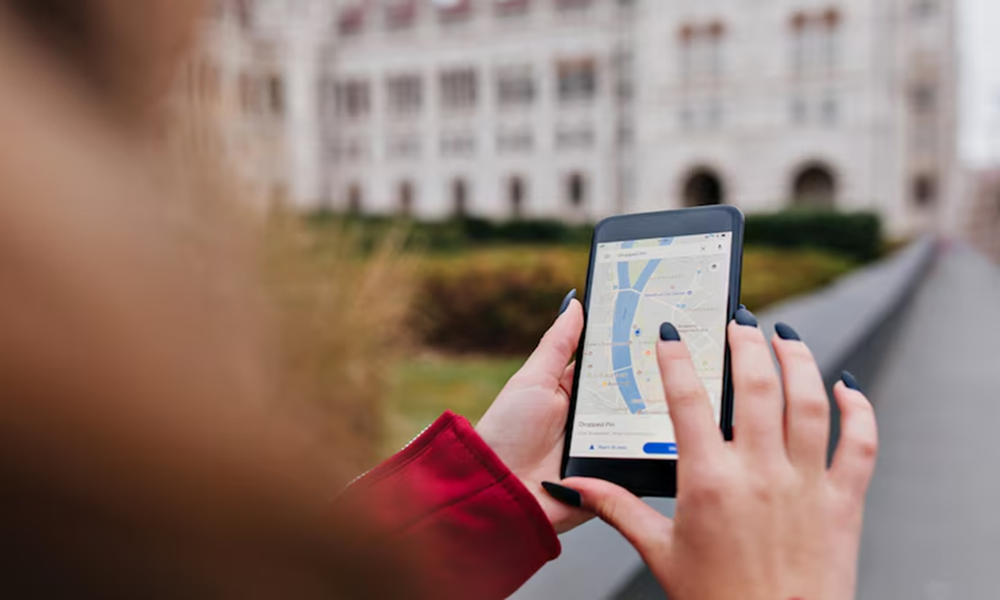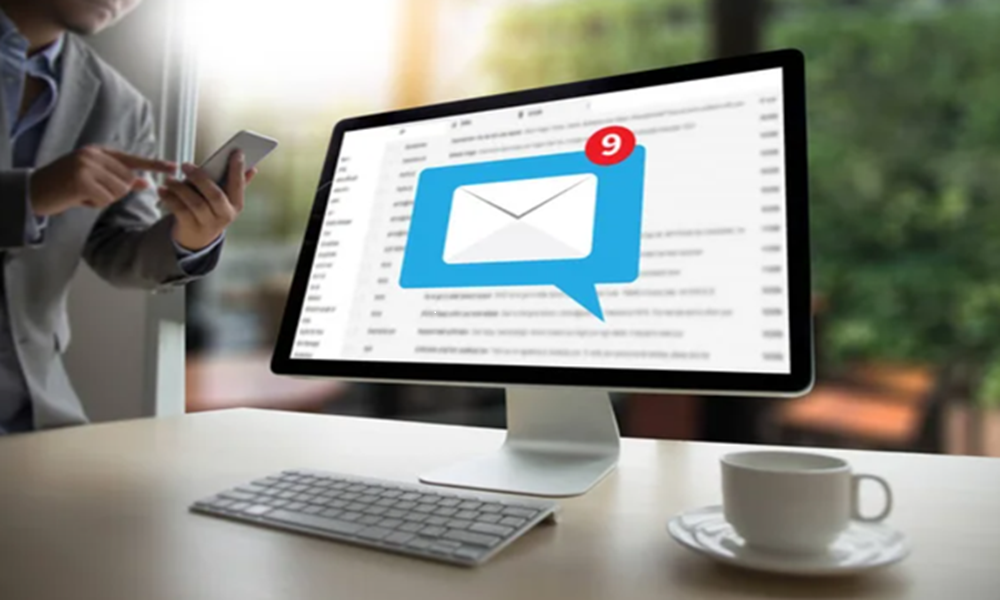If you’re designing a fashion app that maps influencer locations, curating photo shoots across city neighborhoods, or building an animated map-based installation for a gallery — you’ll likely need a geocoding API. These tools help turn addresses into coordinates and vice versa, enabling stylists, photographers, and designers to place visuals in a geographic context.
Whether you’re creating an interactive styling guide based on city zones or showcasing interior design trends by region, this guide walks you through how to quickly and safely get a geocoding API key tailored to your creative stack.. If you’re looking for a reliable starting point, this practical guide on https://distancematrix.ai/guides/get-geocoding-api-key walks through everything needed to get a geocoding API key set up without common pitfalls.
What Designers and Media Creators Should Know About API Requirements
Before diving into the key request process, it helps to understand what platforms typically need from you. While developers focus on technical fields, creatives often overlook the setup — leading to avoidable issues.
Here’s what most providers will ask for:
- Project or portfolio name — Helps link API use to your brand or studio
- Platform type — Such as a fashion blog, map-based art installation, or location-tagged portfolio
- Purpose — Whether it’s showcasing user pins on styled maps, curating design content by location, or building an animated route through decor inspiration
Once these are filled in, platforms like Google Maps, Mapbox, or OpenCage typically issue a key within seconds.
How to Get a Geocoding API Key for Your Design Stack
For creatives working with tools like Figma, Webflow, WordPress, or Adobe integrations, here’s a simple breakdown of how to generate your API key:
- Go to your selected platform’s documentation or dashboard
- Sign in with your design studio, agency, or creator account
- Create a project with a recognizable name (e.g., “UrbanLook Styling Map”)
- Find the Geocoding section under API services
- Click to generate a key
Some platforms (like Google or TomTom) will prompt you to link the key with a billing method, but many offer generous free tiers, especially for creative or non-commercial use cases.
Most common APIs include:
- Google Maps Geocoding
- Mapbox Geocoding API
- OpenCage Data API
Once created, copy your key and store it somewhere safe (a secure document, GitHub Secrets, or encrypted notes).
Creative Quotas: Avoid Rate Limits on High-Volume Visual Projects
As a visual creator, you might be embedding stylized maps with pins, photo shoot markers, or decor trend zones. But even beautifully designed projects are subject to quotas.
Typical limits include:
- X requests per minute
- Y requests per day/month
- Map rendering usage (for styled or animated map outputs)
Avoid these issues:
- Don’t refresh maps too often in design previews
- Cache static results for animation storyboards
- Monitor usage during campaigns (especially for fashion launches or virtual showroom rollouts)
Some APIs (like Mapbox or Here) offer extended tiers with higher limits for design-heavy projects.
How to Link API Keys to Styling Tools or Brand Profiles
For collaborative creative teams, it’s helpful to bind your API key to specific team tools or user identities. This improves security, especially if your brand is managing client-side experiences.
Ways to link your key creatively:
- Integrate into CMS templates for dynamic map rendering (e.g., headless Shopify)
- Embed into front-end styling frameworks like GSAP or Framer Motion
- Add to design tools that support API input fields (e.g., Webflow CMS embeds)
This makes it easy to scale across portfolios, client dashboards, and interactive installations — especially for campaigns that tie visuals to places.
Rotating and Securing Your API Key for Long-Term Creative Use
Even visually stunning design tools can break if an API key is misused, expired, or compromised. Make it a habit to rotate and manage keys — especially when sharing across teams or devices.
Steps for creative API key management:
- Store keys securely (avoid leaving them in design exports or shared text docs)
Set expiration dates or usage caps where possible - Use separate keys for dev/staging vs. production
- Remove unused or orphaned keys
Tip: Use emoji-based labels, colors, or naming conventions to organize keys if you’re managing a visually-led dashboard.
Thoughts for Visual Creators and Media Teams
APIs like geocoding might seem like a technical detail — but for design professionals, they’re critical infrastructure. From animating a runway route on a city map, to styling product drops by zip code, or curating home decor inspirations by region — location is part of the story.
Choose platforms that offer:
- Friendly onboarding for non-developers
- Visual preview tools or styled map examples
- Documentation that explains key concepts with images and real-world cases
Creative work deserves creative tools. Choose APIs that understand that beauty and structure go hand-in-hand.




Leave A Comment
You must be logged in to post a comment.